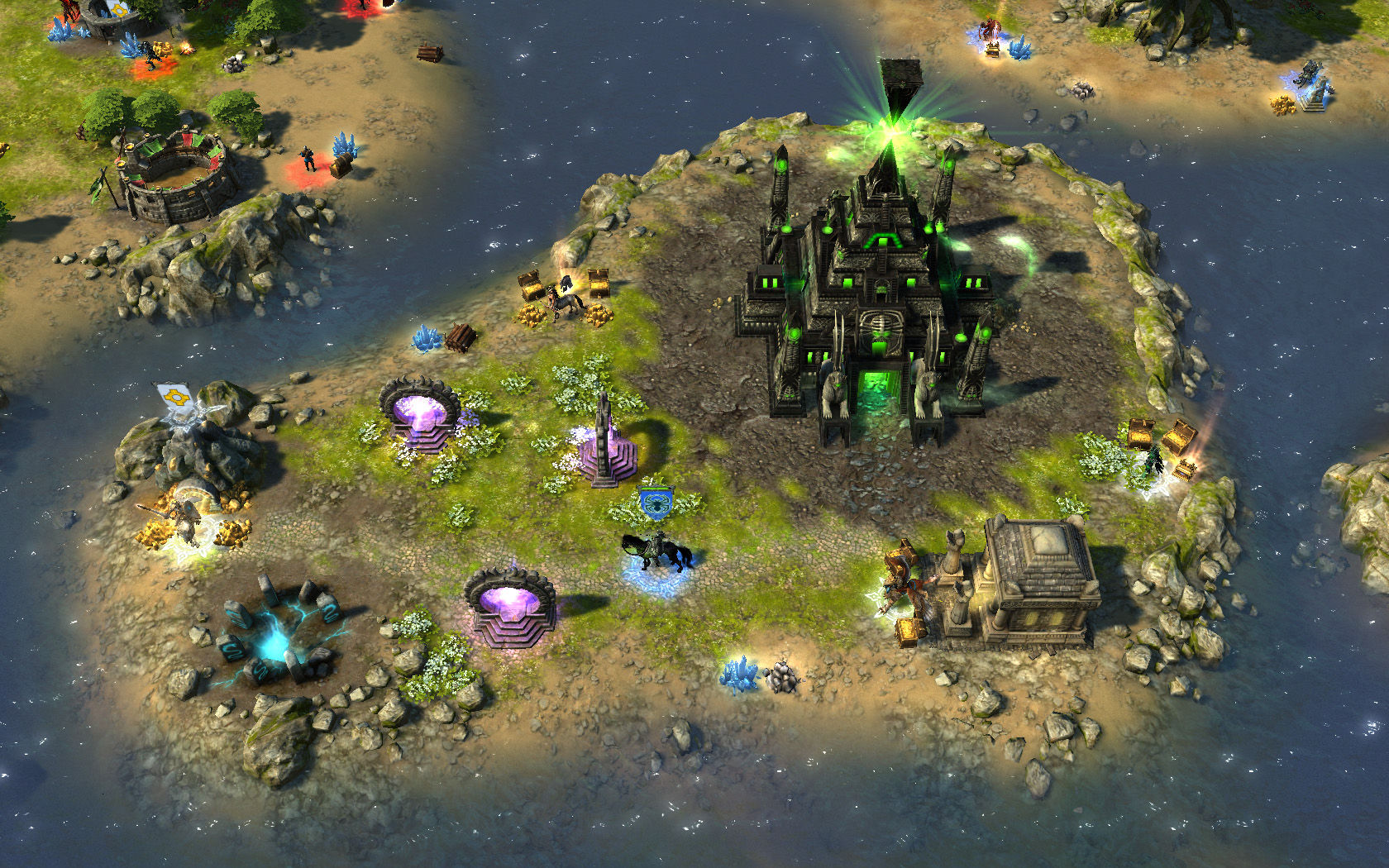Игру Heroes Vi


Watch popular Might & Magic Heroes VI live streams on Twitch!
Download Driver Printer Hp Laserjet 1010 Windows 8 64 Bit. Might & Magic Heroes VI Series Release October 13, 2011 Mode(s), Might & Magic Heroes VI is a for developed by and published. Picbasic Pro Serial Communication Example. Some patches and were developed by, while the standalone expansion Shades of Darkness was developed. It is the sixth installment in the series, and was released on October 13, 2011, coinciding with the 25th anniversary of the franchise.
Heroes VI acts as a prequel to, occurring almost five centuries earlier, and is set in the fictional world of Ashan. The story follows the five heirs to the Griffin dynasty in their quests to repel a demon invasion and assist or impede Michael, a legendary general plotting to revive an ancient war. As in previous Heroes of Might and Magic titles, the player can choose between or modes of play, and controls a number of heroes and towns associated with various factions, commanding armies of creatures between tactical overland exploration and a turn-based combat system to satisfy each scenario's victory conditions. Heroes VI alters some of the series' long-standing conventions, overhauling its chance-based skills system as well as removing the old 'magic guild' spell system and replacing both with a hero-based 'talents' tree. The game also reduced the number of resources from seven to four in its economics model, and introduced new mechanics, including a points-based, army-less hero travel, and increased area control by faction-affiliated towns. Heroes VI has been received positively, attaining a score of 77 from the aggregate review site. Reviewers praised the title's replay value, visuals and improvements to the Heroes formula, but were critical of the numerous bugs and glitches in the release version and its intrusive system, which requires players to maintain a connection to the to avail several features.
Contents • • • • • • • • • • • • Gameplay [ ] The gameplay of Heroes VI mainly follows in the same vein taken by its predecessor, i.e. Hero-based faction-affiliated development. As such, every faction has two types of heroes, every unit has an upgrade and turns affect combats as they affect the general gameplay.
There are substantial changes, however, and these include the replacement of magic guilds by the creation of spells/abilities wheel, in addition to the skills wheel. New affiliations called 'Tears' or 'Blood' appear and play a major role in hero development, notably influencing their skills. For instance, a 'Tears' affiliated hero will have more defensive/beneficial buffs and his or her reputation will allow for more peaceful negotiations between potential enemies. A 'Blood' affiliated hero, on the other hand, will profit from destructive/dark abilities and gain bonuses in adversary combat aimed to hurt the opponents. The player's possessions are still regrouped in 'Kingdoms', though now it is not just an overview, but also a part of the map 'owned' by that player. The presence of a town determines who owns the land itself.
All forts, mines/deposits and occasional goods givers now automatically replenish the army and the wealth of this player even if another player's heroes 'flag' them. This situation lasts as long as the player is the owner of this given town. Only a few buildings within the area still remain neutral to whomever visits them. The feature was reported as a big improvement of the gameplay since the previous games, as players no longer need to garrison their mines and dwellings located outside town for protection, even though it was also criticized as being 'too easy' by some older fans. Finally, the game now features only four collectable resources (instead of the classic seven): gold, wood, ore, and blood crystals.



